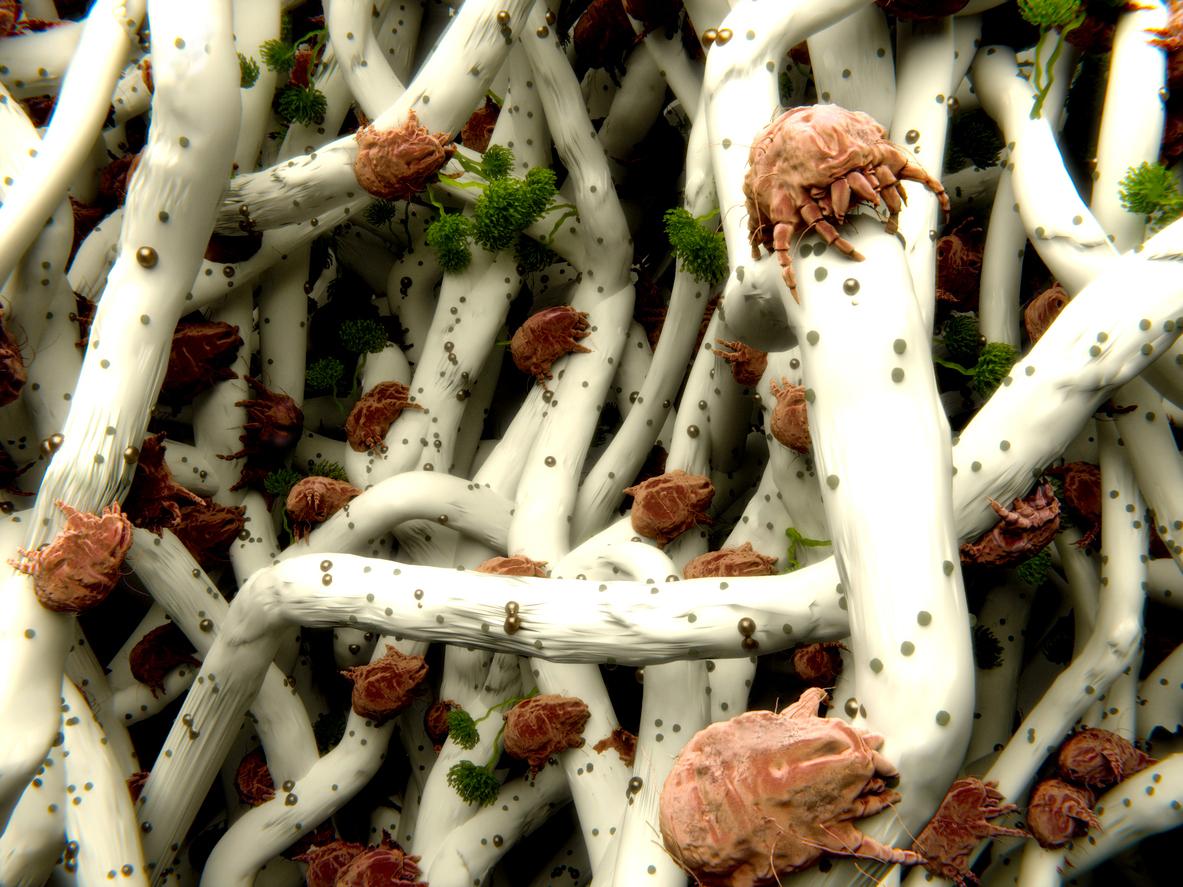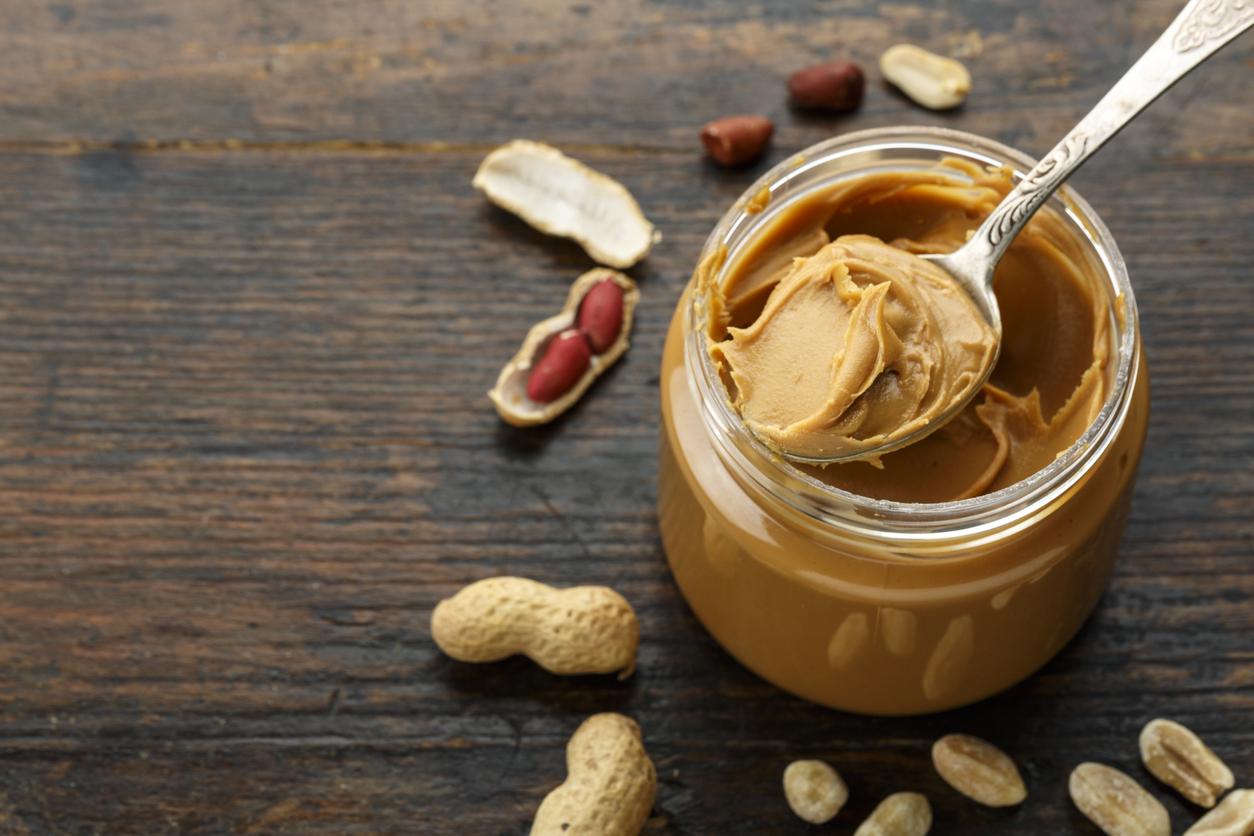Scientists have determined the ideal dose for the “Viaskin Milk” desensitization patch to relieve children’s allergies.

- The “Viaskin Milk” patch reduces the risk of allergic reactions in children allergic to cow’s milk.
- The 300 microgram dose helps reduce allergies.
- A phase three clinical trial is expected to be launched to confirm the effectiveness of the patch.
What if a simple patch could cure allergies? This is the challenge that researchers have taken up to treat children’s cow’s milk allergy. Their work was published in the journal JAMA Pediatrics. “This treatment, which does not involve daily ingestion [et est] promising in the therapeutic field of food allergies“, indicates Mélanie Makhija, one of the authors, in a communicated.
Milk: a reduction in allergic reactions thanks to patch immunotherapy
Cow’s milk allergy, mediated by IgE, is one of the most common food allergies in children. According to health insuranceallergen immunotherapy “consists of administering, over a long period (several years), extracts of allergens in progressive doses, in order to educate the immune system and make the person tolerant to the substance”.
This “Viaskin Milk” desensitization patch provides immunotherapy to children suffering from cow’s milk allergies mediated by immunoglobulin E (IgE). Based on the results of this study, delivery of immunotherapy through the patch reduced allergic reactions, including anaphylaxis, in children with immunoglobulin E (IgE)-mediated cow’s milk allergy. ).
“The motivation behind this study was to evaluate whether there was a dose of milk that could be a potential treatment to help children with milk allergies protect themselves from accidental exposure”, explains Mélanie Makhija.
Milk allergy: better effectiveness with 300 micrograms
According to the study, children receiving a dose of 300 micrograms had a better reduction in their allergies. In detail, 49% of them were able to tolerate a larger quantity of milk proteins without a reaction, compared to 30.2% in the placebo group. Additionally, adverse effects including anaphylaxiswere less important. Thanks to these results, phase 3 of the clinical trial of this patch will be able to be launched and conducted with a larger cohort of children to confirm its effectiveness.


















